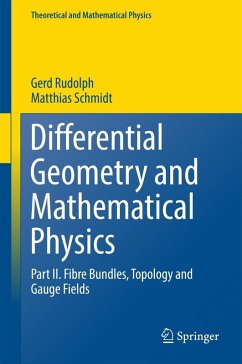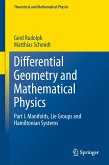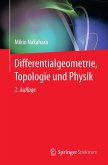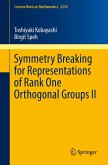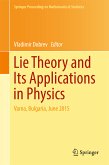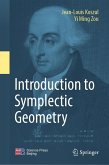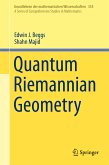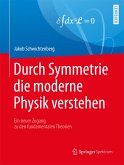Dieser Download kann aus rechtlichen Gründen nur mit Rechnungsadresse in A, B, BG, CY, CZ, D, DK, EW, E, FIN, F, GR, HR, H, IRL, I, LT, L, LR, M, NL, PL, P, R, S, SLO, SK ausgeliefert werden.
"The book is the first of two volumes on differential geometry and mathematical physics. The present volume deals with manifolds, Lie groups, symplectic geometry, Hamiltonian systems and Hamilton-Jacobi theory. ... There are several examples and exercises scattered throughout the book. The presentation of material is well organized and clear. The reading of the book gives real satisfaction and pleasure since it reveals deep interrelations between pure mathematics and theoretical physics." (Tomasz Rybicki, Mathematical Reviews, October, 2013)
"This volume starts with a crash course in differential geometry in the Cartan dialect, emphasizing differential forms, followed by a monograph in itself concerning the algebraic topology ... of fibre bundles. ... Summing Up: Recommended. Upper-division undergraduates and above; researchers and faculty." (D. V. Feldman, Choice, Vol. 55 (2), October, 2017)
"Part II of Differential Geometry and Mathematical Physics isa very important pedagogical contribution and a worthy complement to Part I. It presents fine scholarship at a high level, presented clearly and thoroughly, and teaches the reader a great deal of hugely important differential geometry as it informs physics (and that covers a titanic proportion of both fields). Additionally, Gerd Rudolph and Matthias Schmidt do a fabulous job presenting physics is a manner that mathematicians will not find unheimlich. Ausgezeichnet." (Michael Berg, MAA Reviews, maa.org, May, 2017)
"This book is the second part of a two-volume series on differential geometry and mathematical physics. ... The book is addressed to scholars and researchers in differential geometry and mathematical physics, as well as to advanced graduate students who have studied the material covered in the first part of the series. The reader will benefit from remarks and examples in the text, and from the substantial number of exercises at the end of each section." (Pascal Philip, zbMATH 1364.53001, 2017)

